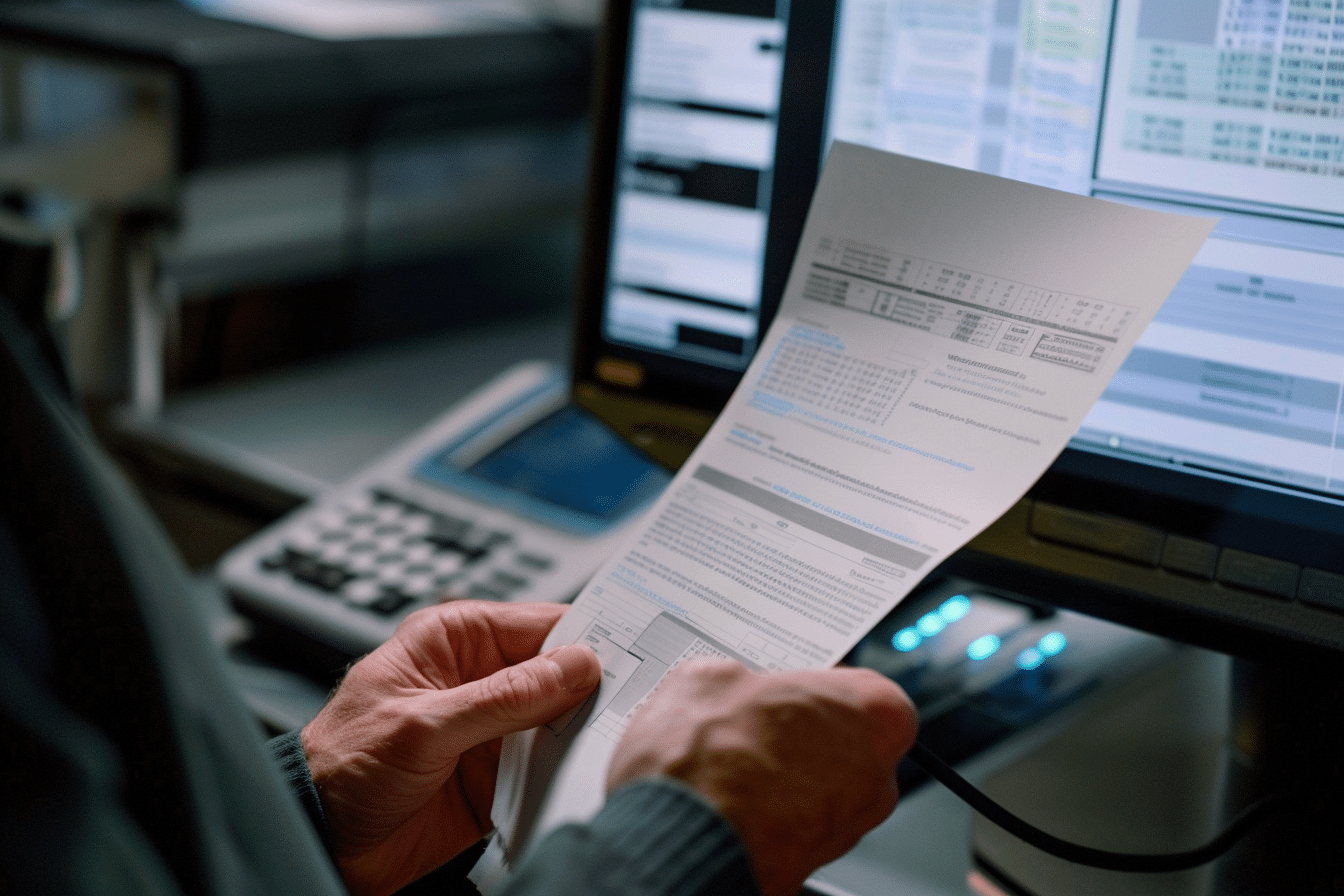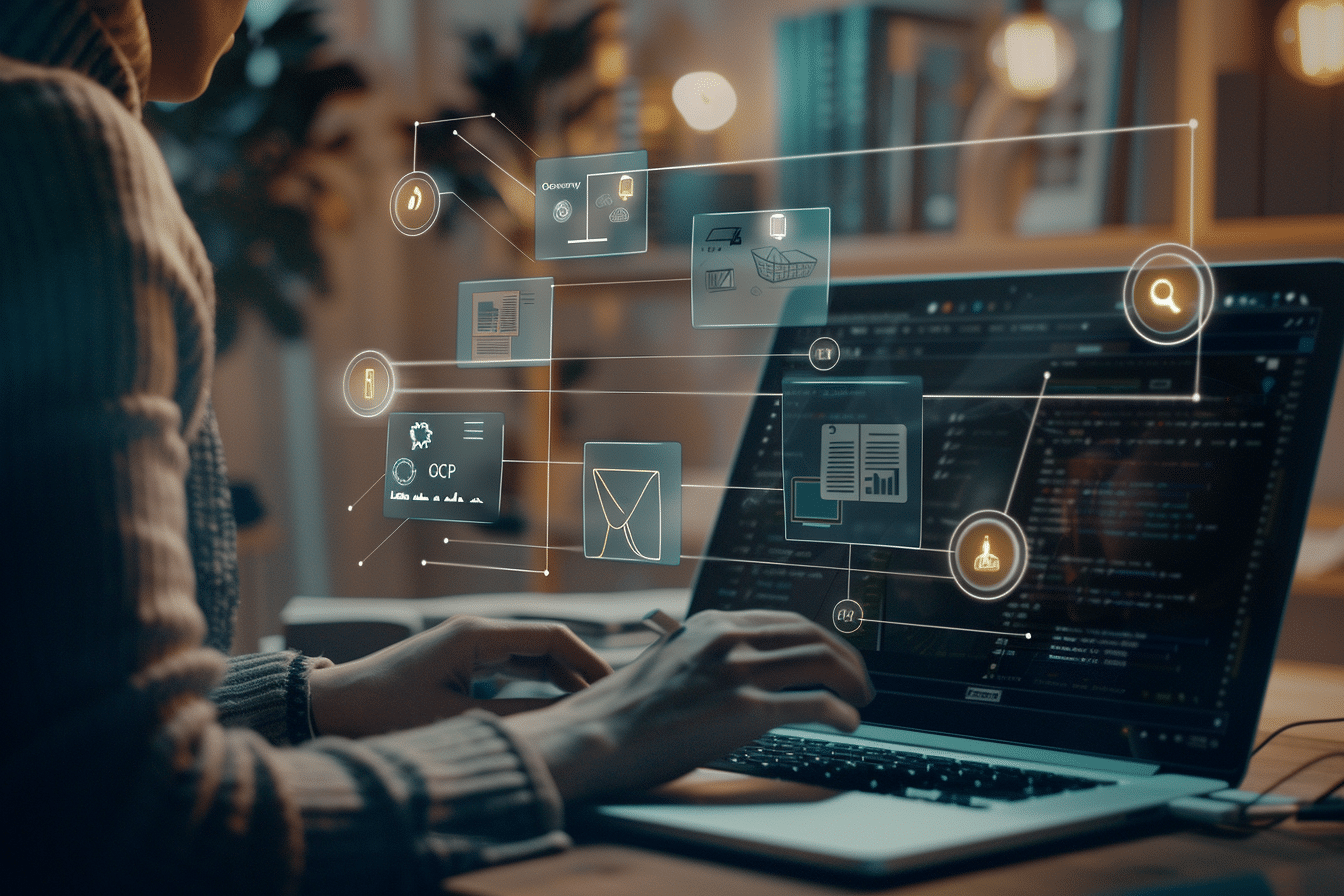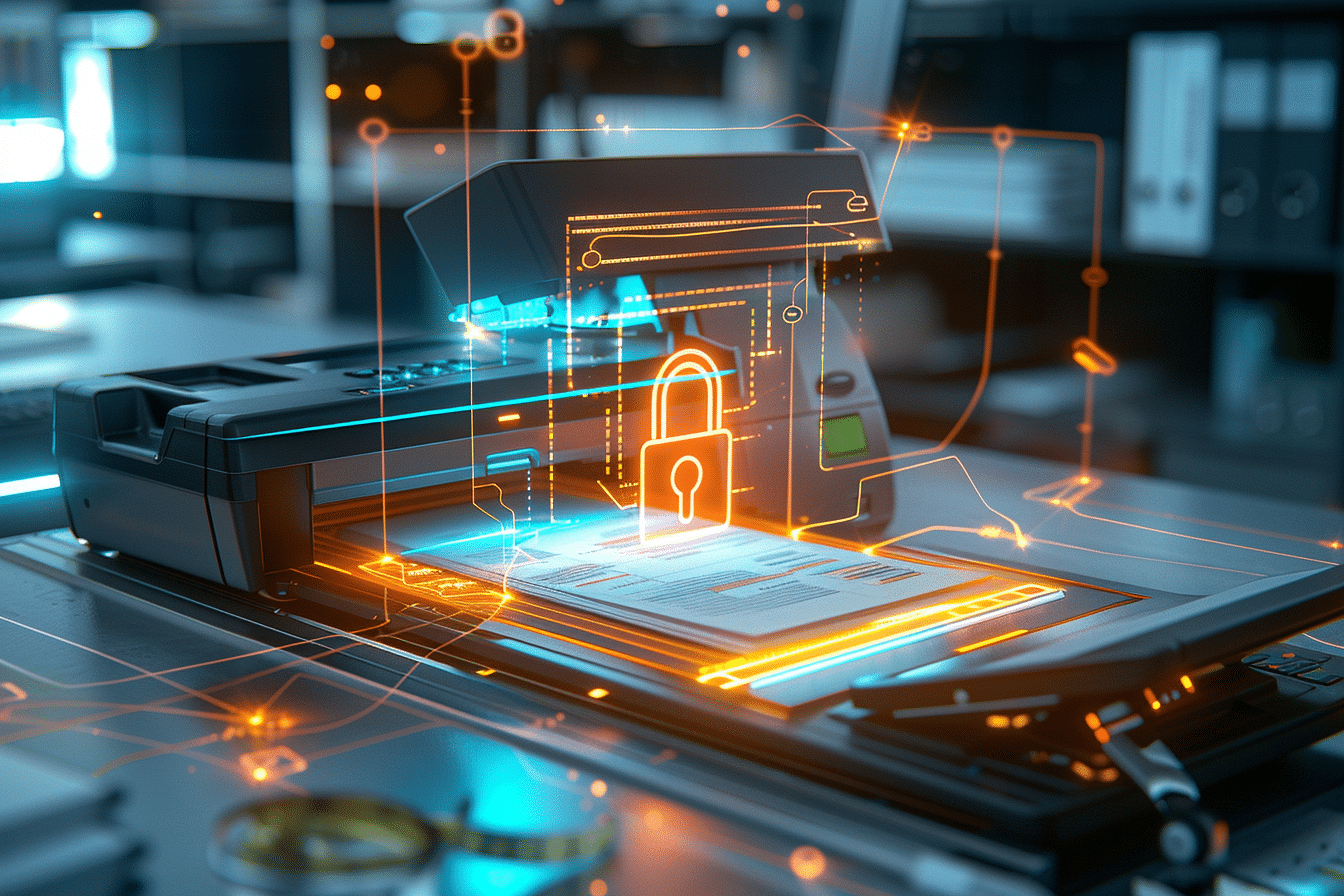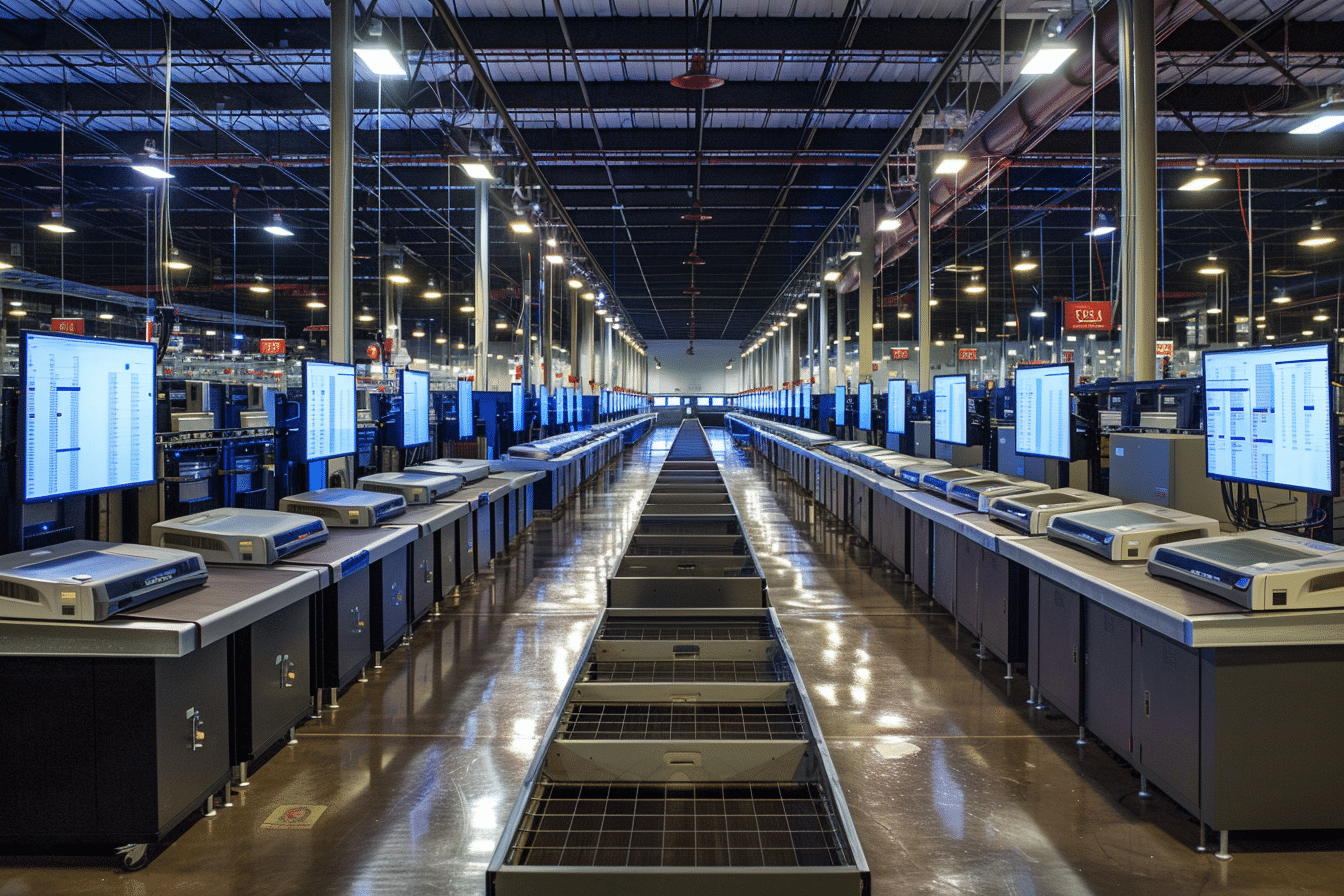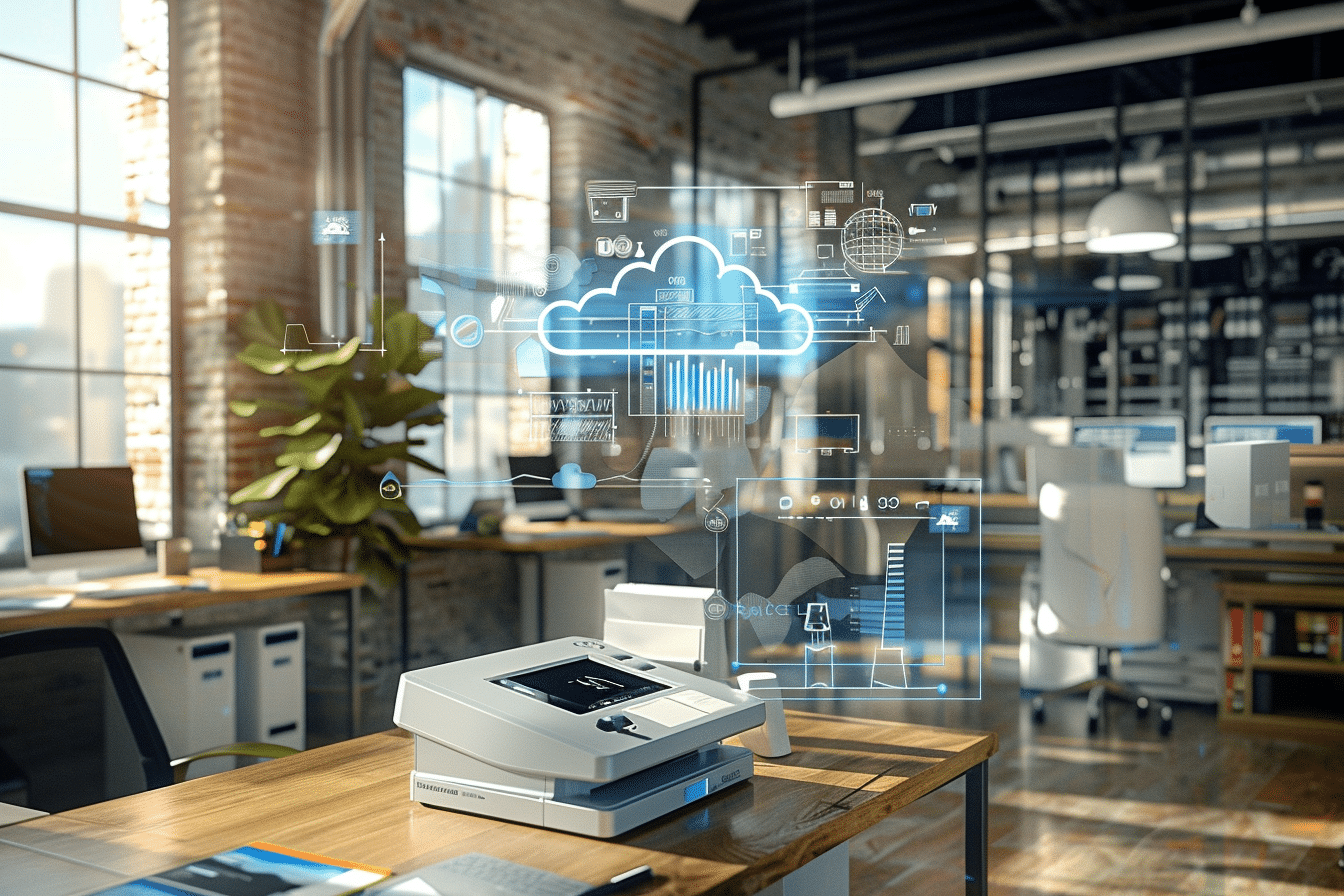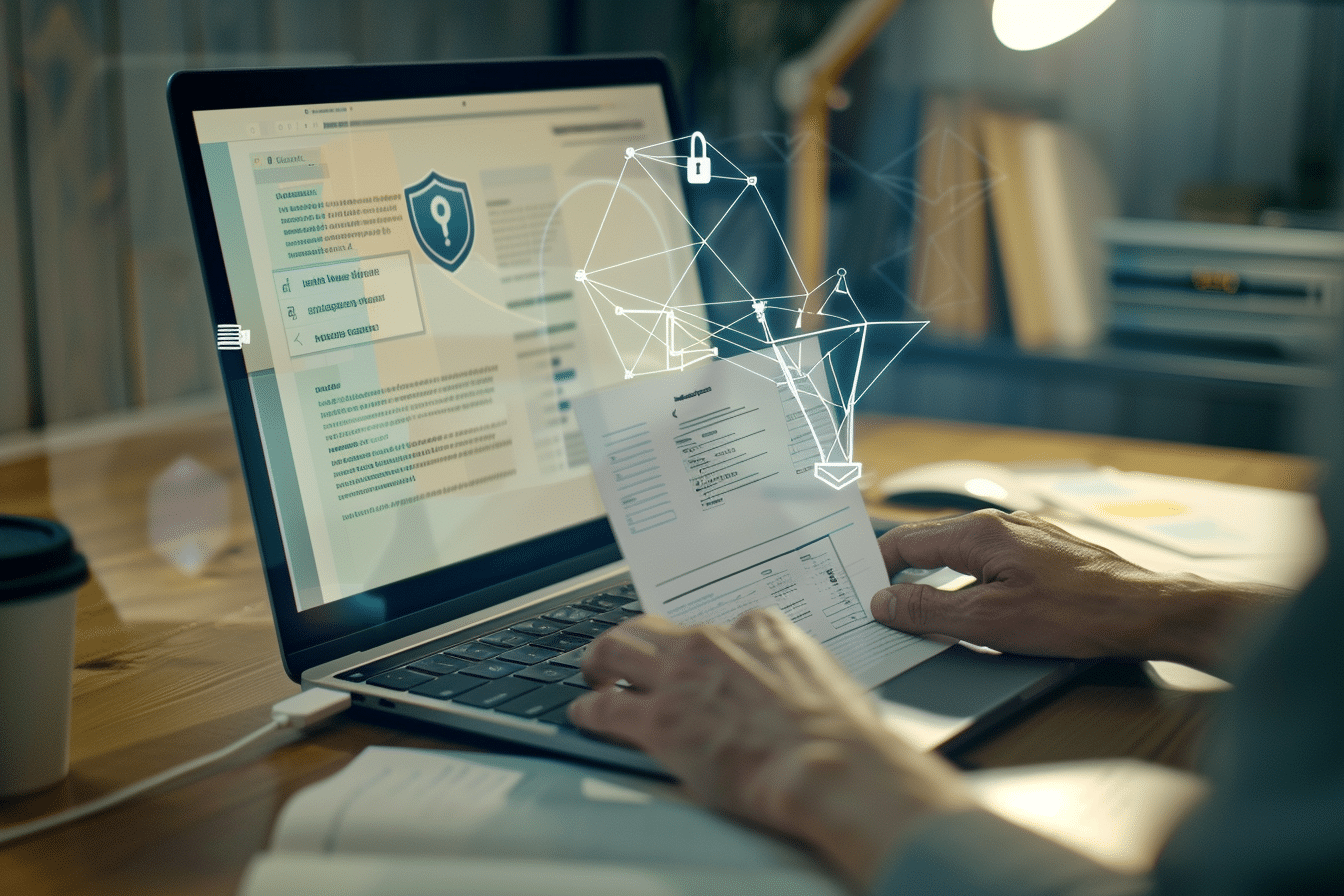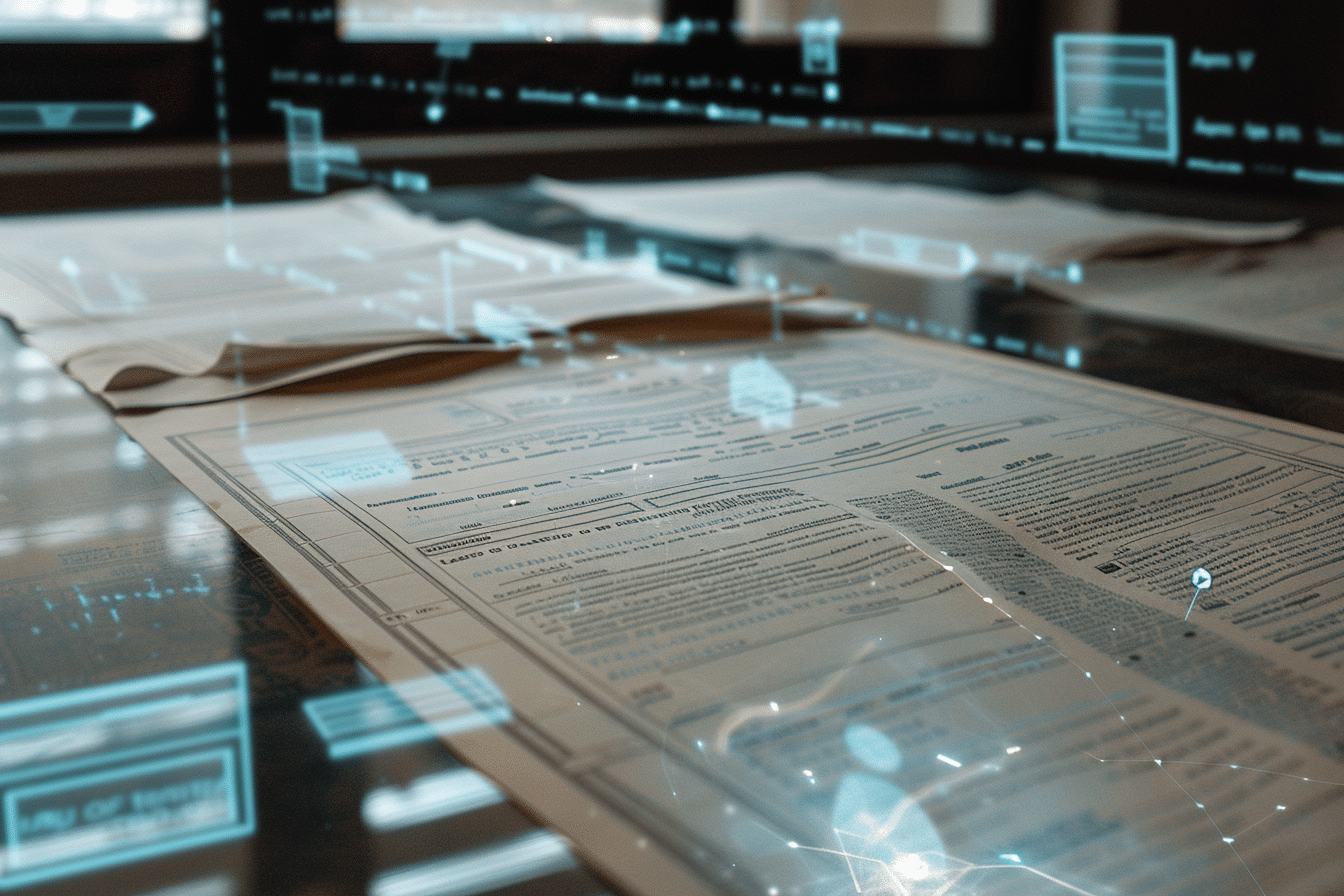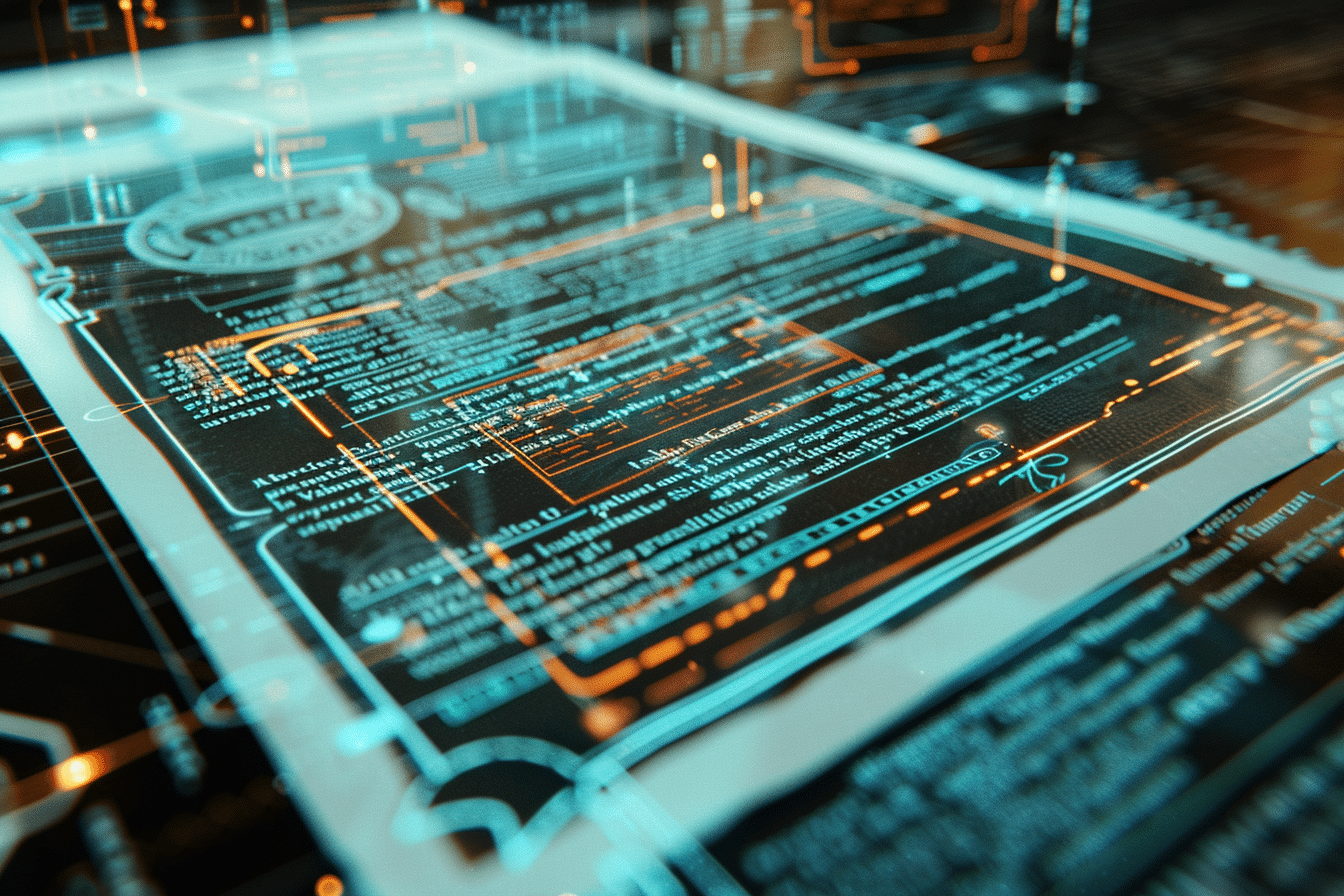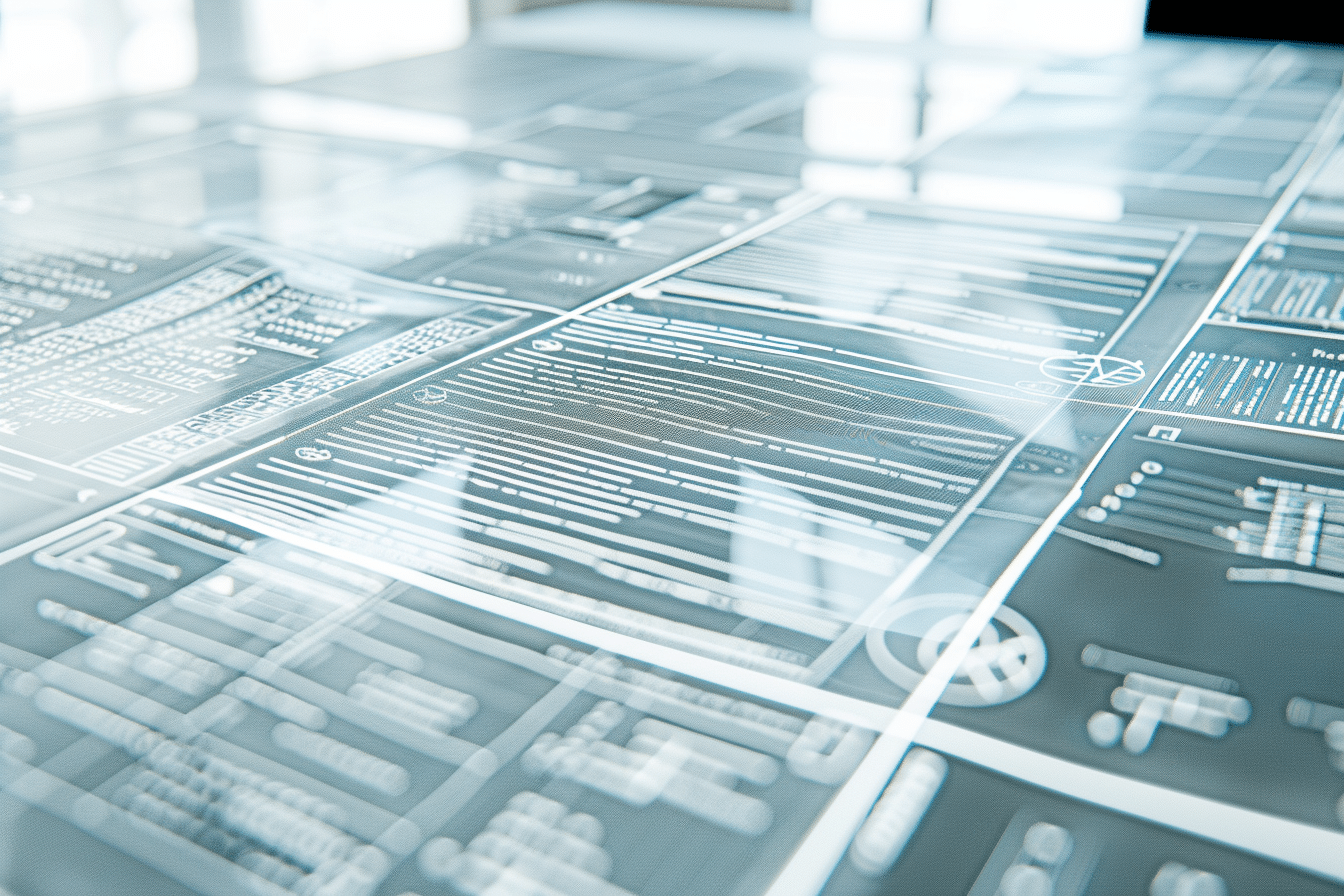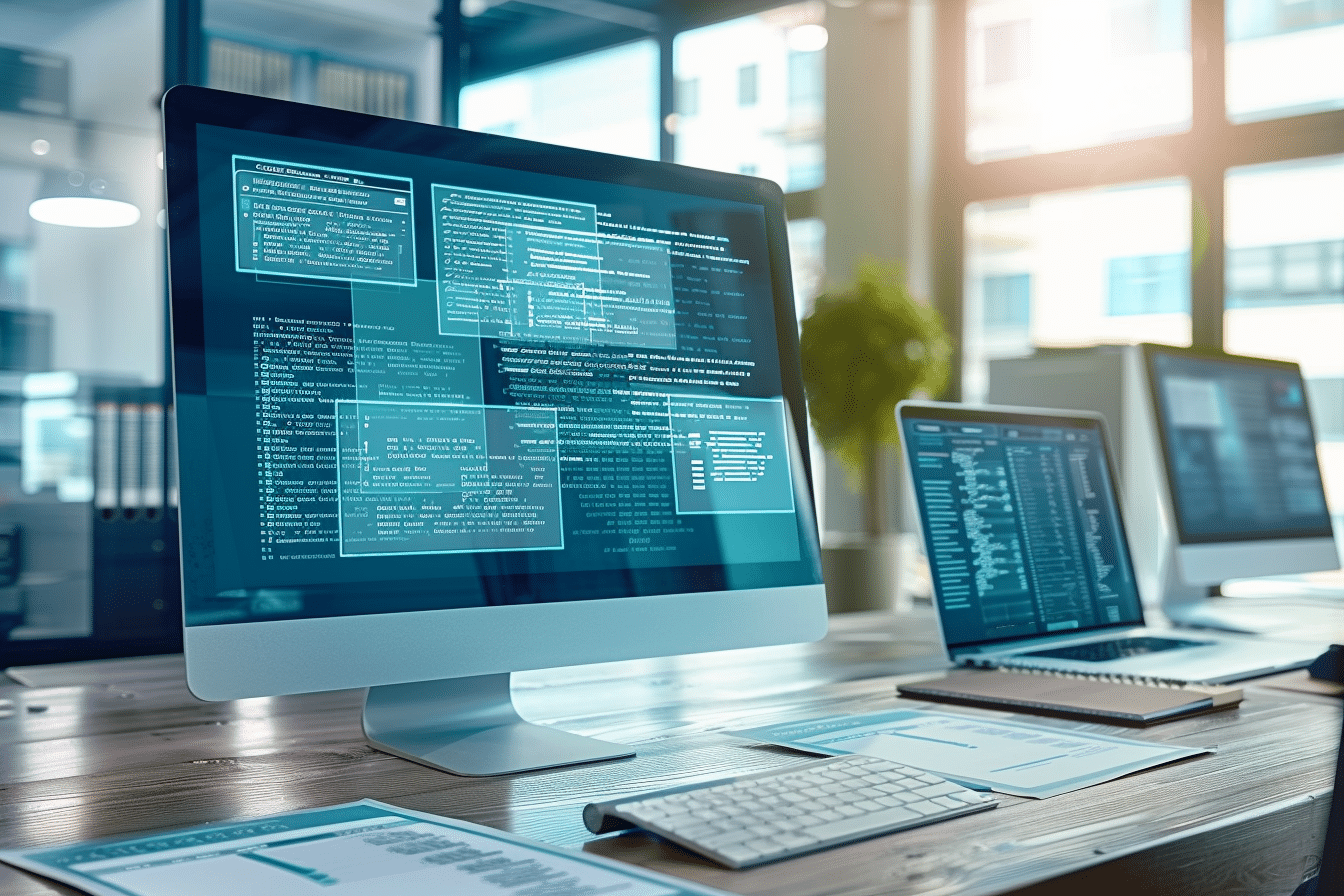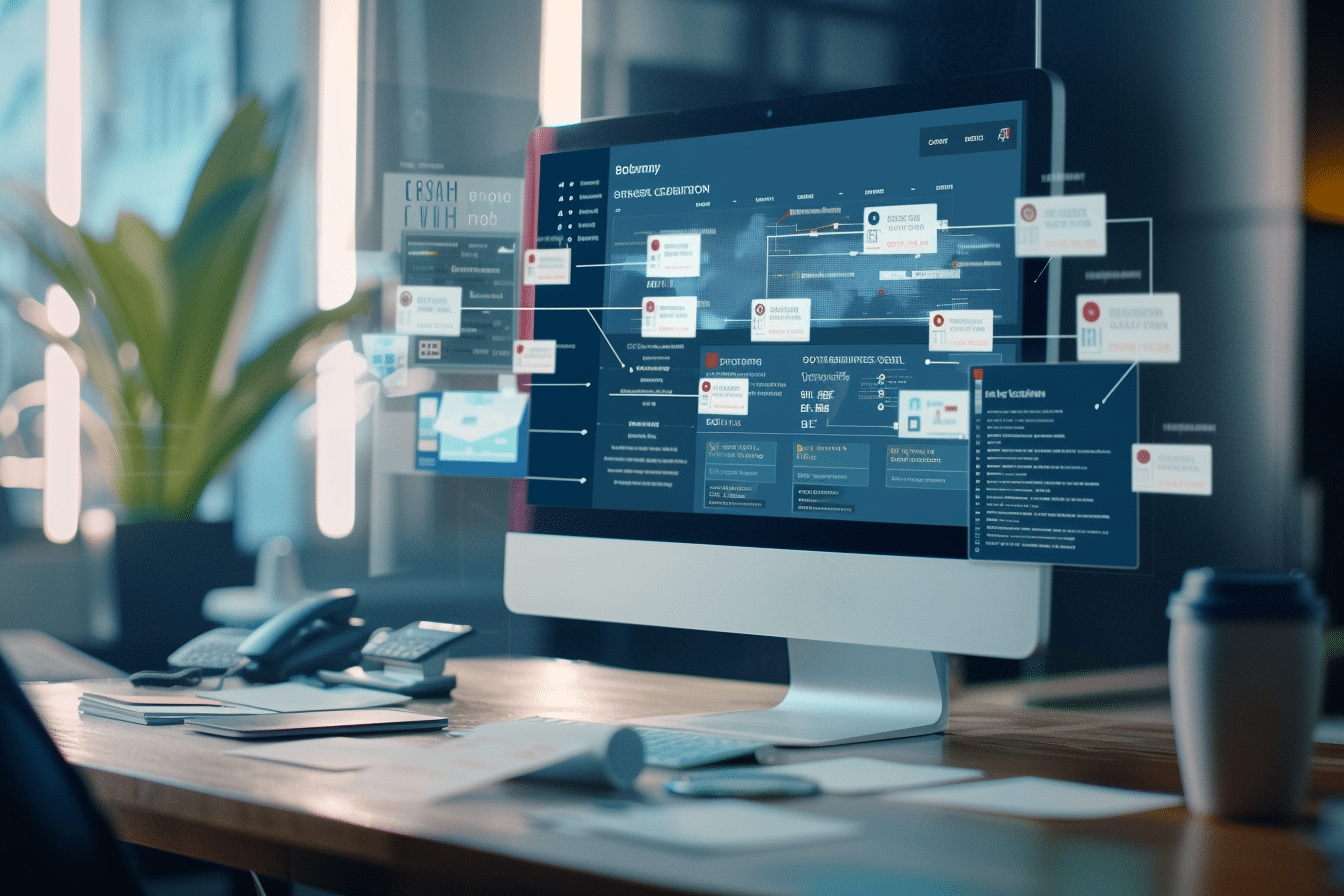Optical Character Recognition
PROSCAN® offers OCR scanning services and software that allows you to digitize your files and simplify your data entry and searches. Optical character recognition (OCR) software extracts and repurposes data from your scanned documents, such as text or images, putting them into words and sentences and allowing you to edit and access all the content from your original document. OCR can be included as part of your document management package or as a stand-alone option.
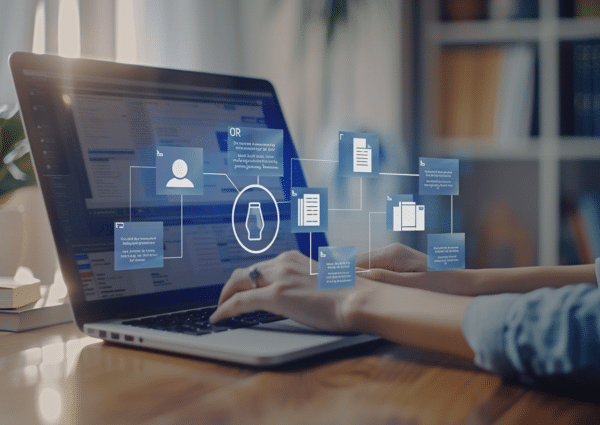
OCR, or Optical Character Recognition, is a technology that converts different types of documents, such as scanned paper documents, PDF files, or images captured by a digital camera into editable and searchable data. This is achieved through scanning the document, recognizing and converting the characters in the images into text, and then formatting the text to match the original document.
The primary benefits of OCR scanning services technology include increased efficiency and accuracy in data entry, reduced storage space, enhanced accessibility of information, improved data security, and considerable savings in time and cost associated with manual data entry.
Yes, advanced OCR systems, like those offered by PROSCAN®, are capable of recognizing handwritten text from various sources. The effectiveness can vary based on the handwriting clarity and the specific OCR technology used.
OCR technology can handle numerous file formats, including PDF, TIF, JPG, BMP, PNG, and GIF. PROSCAN's OCR solutions are designed to accommodate a wide range of document types to ensure flexibility in document management.
The accuracy of OCR depends on the quality of the document scanned and the OCR technology used. PROSCAN®'s OCR scanning services boast high accuracy rates, typically above 98%, with continuous improvements through machine learning.
Yes, OCR is secure. PROSCAN® prioritizes data security, complying with international standards such as ISO 27001 and regulations like GDPR. Our OCR solutions include robust privacy controls to protect sensitive information.
Absolutely. OCR solutions can seamlessly integrate with existing systems such as Document Management Systems (DMS), Enterprise Resource Planning (ERP) systems, and Customer Relationship Management (CRM) systems through robust API support.
Numerous industries can benefit from OCR services, including healthcare, legal, finance, education, and government sectors. These services help in managing records, automating data entry, and complying with regulatory requirements.
OCR significantly enhances business efficiency by automating the data entry process, reducing error rates, speeding up document processing, and allowing employees to focus on higher-value tasks.
Traditional OCR relies on set algorithms to recognize text, which can be limited by the quality of the document. AI-powered OCR, like PROSCAN utilizes, incorporates machine learning and natural language processing to improve accuracy and adapt to new document types over time.
PROSCAN® uses state-of-the-art AI technologies and machine learning algorithms to enhance the accuracy of its OCR services continually. These technologies allow for the learning of new patterns and adaptation to changing document formats and complexities.
Yes, modern OCR systems are capable of recognizing multiple languages. PROSCAN®'s OCR solutions support various global languages, enhancing the accessibility and usability of the processed data for international businesses.
To start using OCR services, you need a scanner or a digital camera to convert your physical documents into digital format, and an OCR service provider like PROSCAN® to process the digital documents. Integration with existing systems may also be necessary depending on the business's needs.
OCR is highly cost-effective, especially in the long run. By reducing the need for manual data entry and minimizing errors, it saves on labor costs and operational expenses. PROSCAN® OCR scanning services also help reduce the need for physical storage space, further cutting costs.
Choosing the right OCR service provider involves considering factors such as accuracy, technology used, security measures, integration capabilities, and customer support. A provider like PROSCAN® that offers high accuracy, advanced technology, robust security, seamless integration, and excellent customer service would be an ideal choice.

